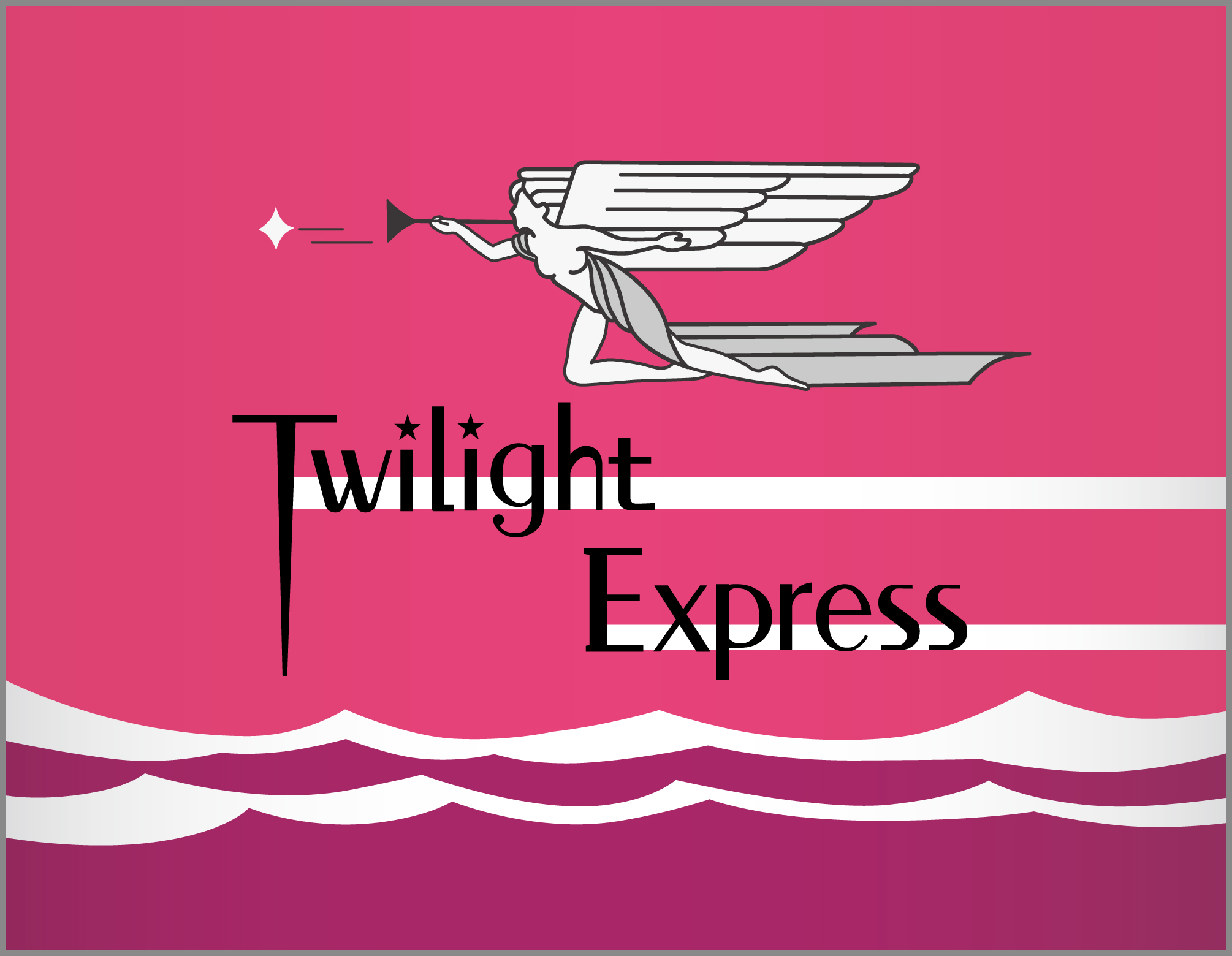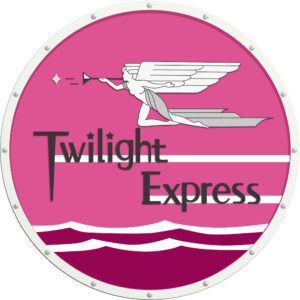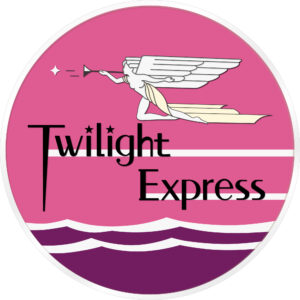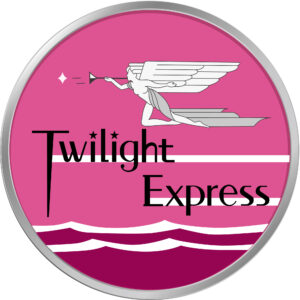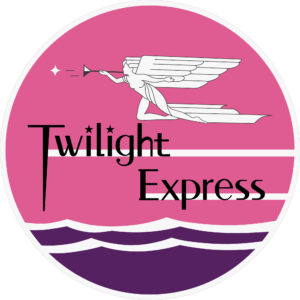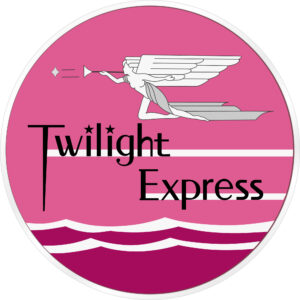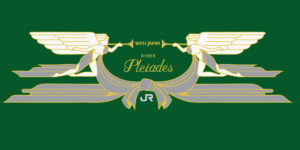A short explanation of the Twilight Express sleeper train
◆ The Twilight Express sleeper express train ran for over 25 years, from its debut until March 2015, as a special sleeper express train that traveled 1,495.7 km between Osaka and Sapporo in over 22 hours. It was named after the concept of “an express train that runs through the twilight and dawn.” The locomotives used to pull the train were consistently the EF81 (Osaka to Aomori), ED79 (Aomori to Goryokaku), and DD51 (Twin-LOCO, Goryokaku to Sapporo).
The train was a modified version of the existing 24-series, but as a special-purpose train that underwent a major renovation, especially in the interior, it offered a high level of luxury and opulence. At the same time, it also had open-type B-class sleeper compartments, making it a more casual and comfortable ride, which is one of the reasons it was beloved by so many. Even now, when luxury trains are abundant, the Twilight Express is perhaps one of the trains that people fondly recall and think, “I hope a train like that will ever run again.”
◆ Headmark of the Twilight Express sleeper train
This is the head marking for the Twilight Express sleeper train. The wave shape is very similar to the design of the Nihonkai sleeper train, which seems to indicate that this is an upgraded version of the Nihonkai. In fact, the tentative name during the planning stage was “New Nihonkai.” The design was created by the Takatori Plant Process Management Department Business Development.
[HM debut] July 21, 1989
[HM retirement] March 13, 2015. Then:
(The last arrival was as a special Twilight Express on March 22, 2016.)
[HM usage period] 25 years and 7 months (including special: 26 years and 8 months)
The tail mark is finely wavy compared to the head mark. This mark, which shines pink when the sky is dark, is one of a kind and creates a special atmosphere that is different from the heavy feel of a headmark.
Twilight Express HM in Hokkaido
ヘッドマークにはいろいろな個体差があることがあり、それが興味深く、時には面倒くさい泥沼にもなっていくのだが、トワイライトエクスプレスのヘッドマークもご多分に漏れず、いろいろなバージョンが存在する。その中でも少々目立ったのがこちら。纏っている布の色がライトグレーでなくアイボリーカラーとなっている。そして海の色も濃い色となっている。使用されたのは比較的初期の北海道、DD51形ディーゼル機関車。
Headmarks can vary widely, which can be interesting and sometimes a bit confusing, and the Twilight Express headmark is no exception, with many variations. Here are a few that stood out.The color of the cloth she is wearing is ivory instead of light gray. The color of the sea is also dark. It was used on a relatively early Hokkaido DD51 diesel locomotive.
When you think of Hokkaido-use trains, you probably imagine a stainless steel frame with a printed plate inside (which is sometimes installed crookedly due to being out of level). The shine of the metal frame adds a touch of class to the design of the head mark.
The design of the metal frame HM used in Hokkaido also had an ivory cloth for the angel at one time. This was confirmed in a photo taken around the time the discontinuation of the Twilight Express was announced.
There was also this HM!
There was an ivory fabric, but there was also one that was neither gray nor ivory, just pure white. It was like an angel in white. I also think this mark was the one with the deepest sea color.
The shape of the letters may have been a trial and error process in the early days. The “l” in “Twilight” was originally just a vertical bar. The stability of the letters also feels unfinished, and it’s interesting how the angel’s calves are weak and the shape of the instep is unnatural.
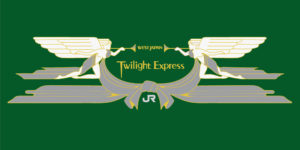
There were three types of letters written in the center: “Twilight Express,” “Salon du Nord,” and “Diner Preiades.” “Salon du Nord” is a salon car, and “Diner Preiades” is a dining car. Each one seemed to have been carefully crafted.
As a bonus, we’d like to introduce you to one of the direction signs. The train name is long, so even a destination sign with only two letters seems a bit cramped.
●特設サイト「トワイライトエクスプレスForever~寝台特急に夢を乗せて~」へ
